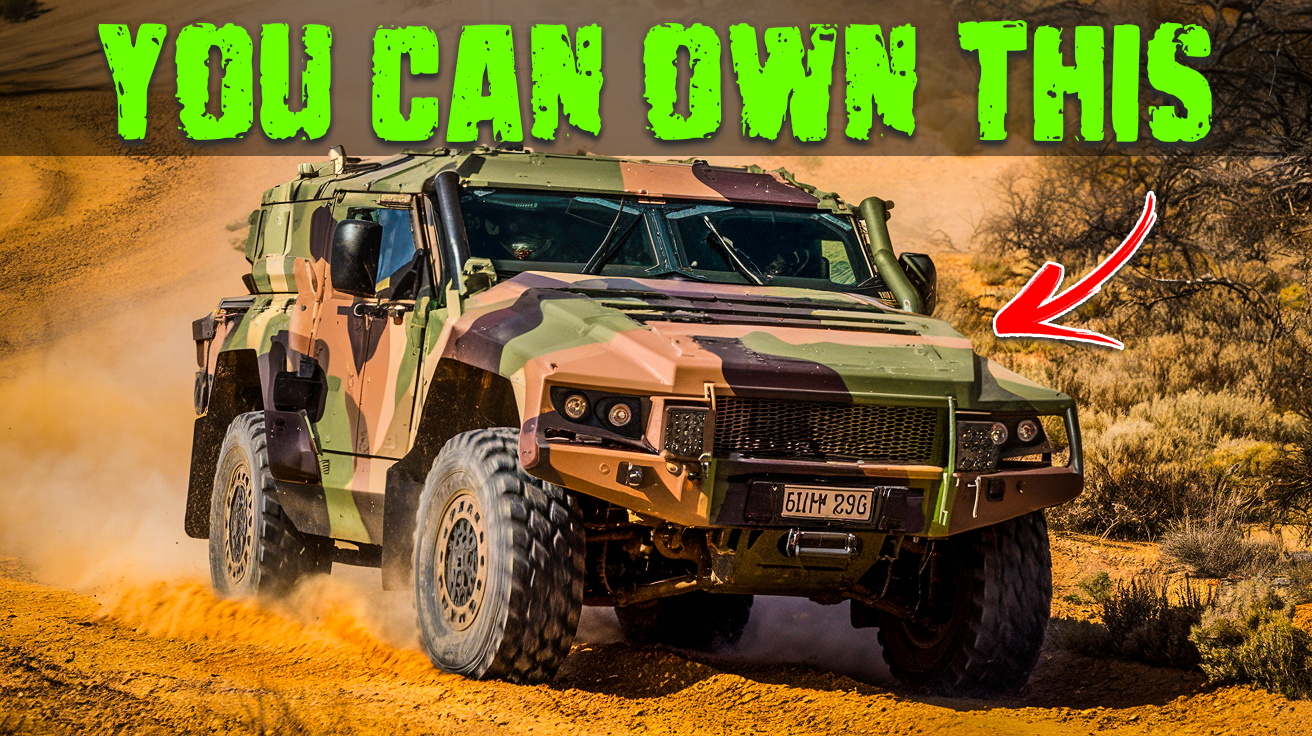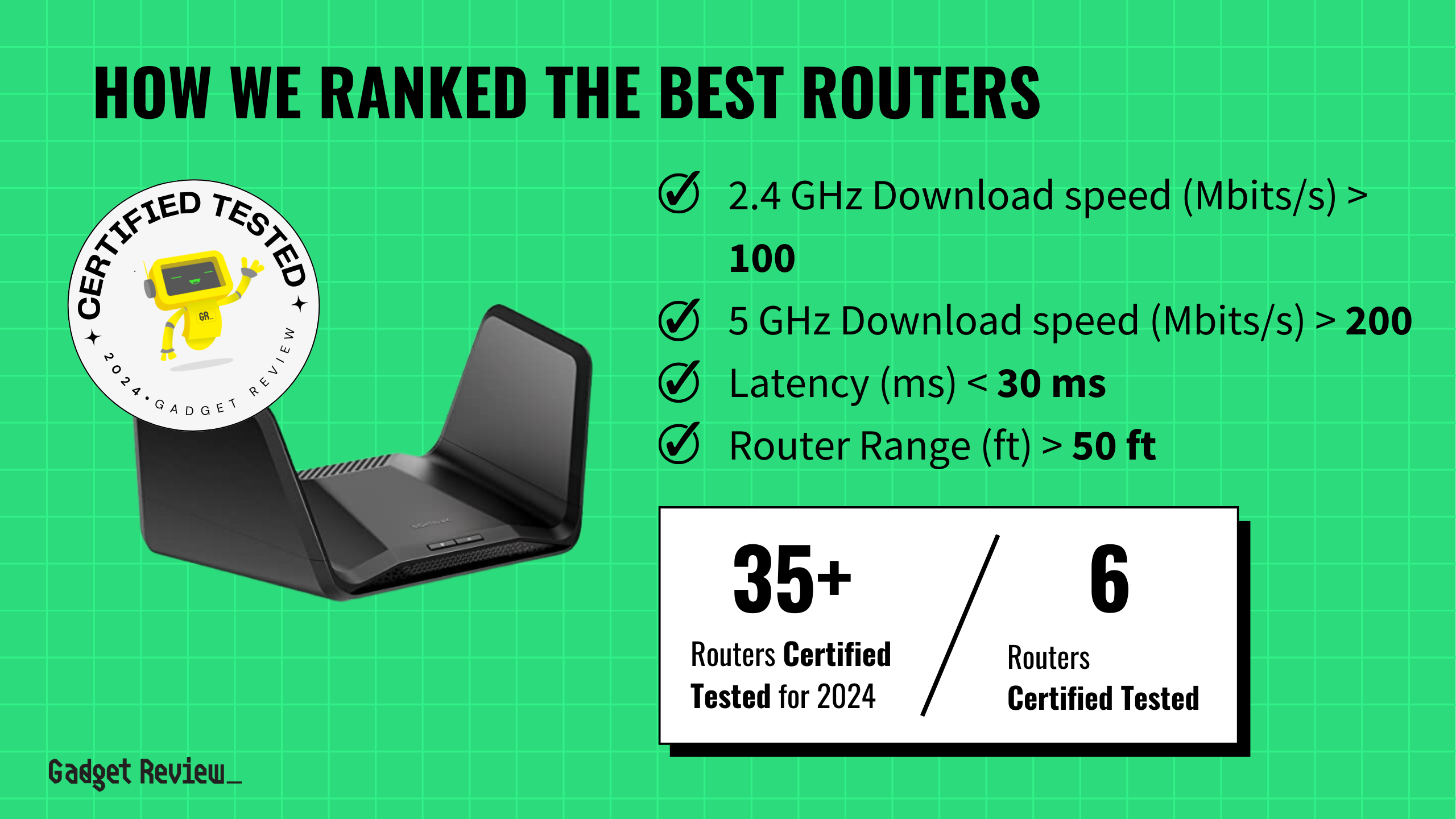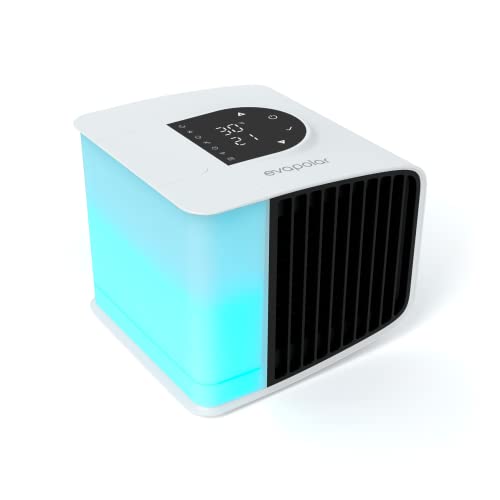Soldiers in Antarctica faced certain death when their vehicles froze at sixty degrees below zero. The standard trucks of 1942 weren’t built for the brutal conditions of Operation Deep Freeze. Tucker’s engineering team tackled this challenge with a revolutionary track system that could handle 200-mile-per-hour winds. Their solution saved countless lives during vital research missions. This is just one of many different military cars that civilians can own.
Let’s look at twenty remarkable military vehicles that transformed battlefield capabilities and left lasting impacts on vehicle engineering.
20. Paramount Marauder

Insurgent threats in Africa sparked the Marauder’s development by Paramount Group in 2007. The hull withstands blasts from 21kg TNT charges, while maintaining road speeds of 120 km/h. Stationed across five African nations, these vehicles proved crucial during the 2010 peacekeeping operations. Initial military contracts required 172 units before civilian certification opened new markets.
19. Humvee

Desert Shield operations in 1990 established the Humvee’s tactical significance. AM General’s creation replaced aging jeeps with 16-inch ground clearance and 4,400-pound payload capacity. Between 1984 and 2000, 281,000 units served across 50 countries during major conflicts. Surplus sales began in 2012 after the JLTV program launched.
18. DUKW Duck

Operation Overlord’s success partly stemmed from the DUKW’s amphibious capabilities in 1944. Nicknamed “Duck” by troops, these vessels transported 5,000 pounds of cargo from ship to shore during the D-Day landings. GMC constructed 21,147 units before victory in 1945. Original vessels crossed the Rhine River 40 times during the Allied advance.
17. Alvis Stalwart

NATO supply chain demands birthed the Alvis Stalwart in 1959. British Army missions required fording 6-foot rivers while carrying five tons of ammunition. The unique central driving position enabled 89% successful first-attempt water entries. Rhine Army deployments demonstrated superiority over contemporary American designs.
16. Tucker Sno-cat

Antarctic research missions drove Tucker’s breakthrough design in 1942. Operation Deep Freeze relied on these vehicles crossing 2,000 miles of polar terrain through 200mph winds. The independent track system mastered 96% of crevasse crossings where conventional vehicles failed. Admiral Byrd’s expeditions validated these machines across -60°F temperatures.
15. SS 21 Scarab

Soviet missile deterrence strategy manifested in the SS 21’s 1975 deployment. Nuclear-capable units served along the Iron Curtain, covering 75km strike ranges from mobile positions. Warsaw Pact inventories included 500 vehicles before the 1991 Strategic Arms Reduction Treaty. Each launcher executed deployment sequences in 15 minutes.
14. Chieftain Mk10

Iranian border tensions accelerated Chieftain development in 1966. British engineers achieved 60% slope climbing ability while carrying 64 rounds of ammunition. Combat experiences in Desert Storm proved the 120mm gun’s effectiveness at 3,000 meters. Royal Tank Regiment units maintained 95% readiness rates during Cold War alerts.
13. Dodge WC53
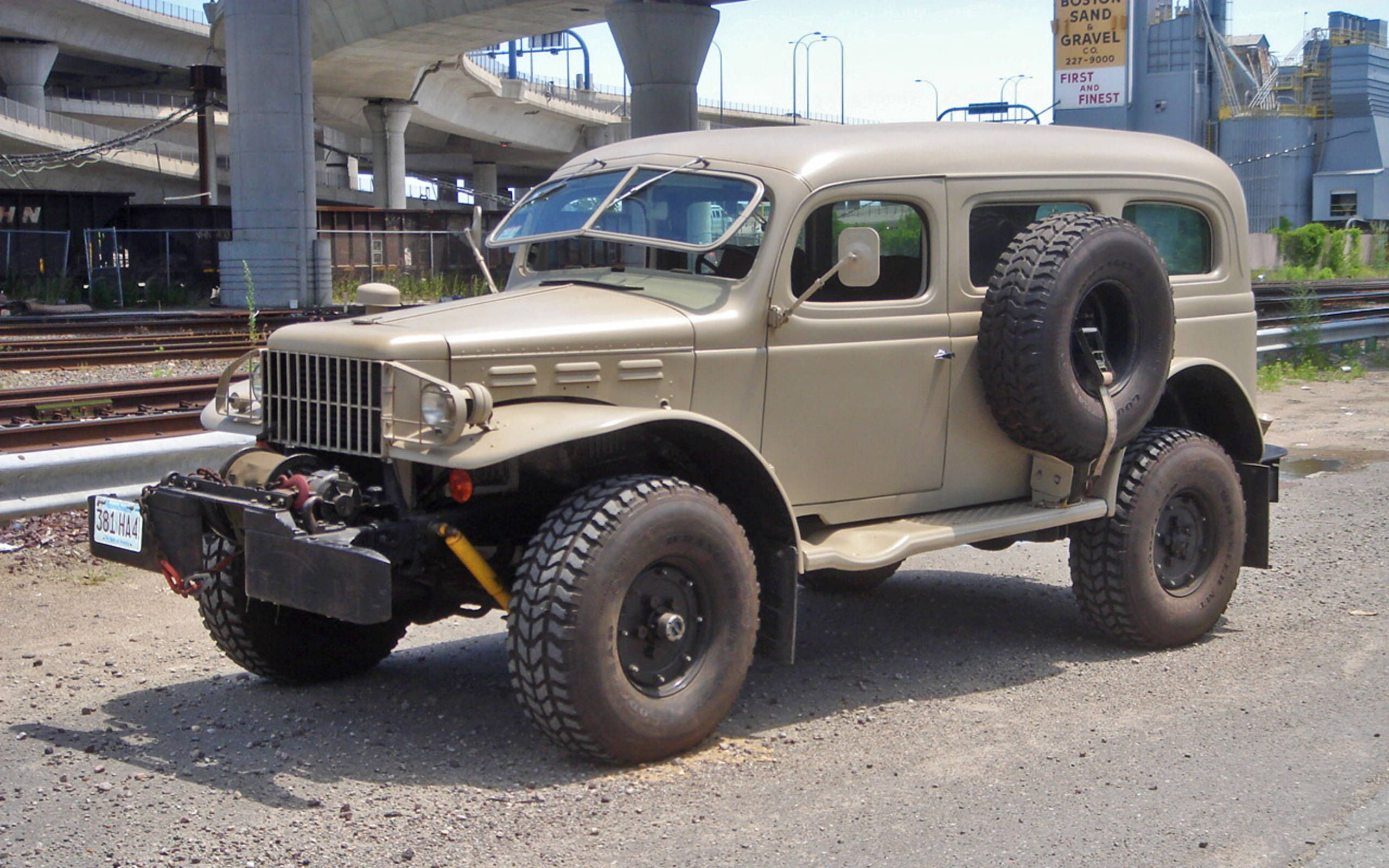
Pacific theater logistics demanded the WC53’s rapid production in 1942. Dodge’s design enabled 500-mile range while carrying 1,750 pounds of medical supplies. Burma Road operations validated all-terrain performance across 35-degree slopes. Signal Corps units modified 450 vehicles for mobile radio stations.
12. Patton M47 Medium Battle Tank

Korean War lessons shaped the M47’s final configuration in 1951. Chrysler’s production lines delivered 90 tanks monthly to NATO forces. Trials demonstrated 65% first-round hit probability at 2,000 meters. Turkish Army units maintained operational status until 1993, marking a 42-year service record.
11. Stevenson M1079 LMTV 4×4

Desert Storm supply chains relied on M1079 versatility in 1991. Cat’s engine maintained 98% reliability rates across 15,000-mile deployments. Central tire inflation enabled 30-second pressure adjustments for varying terrain. Squadron support missions achieved 85% readiness during combat operations.
10. BMY M923 A25T 6×6

Gulf War logistics demanded M923’s reliability across Iraqi deserts in 1991. These trucks maintained 92% readiness rates while delivering 50,000 tons of supplies monthly. Multi-fuel engines operated on five fuel types, ensuring continuous operation. Third Army support battalions logged 1.2 million miles during combat operations.
9. Thales Hawkei

Australian counter-IED operations influenced Hawkei’s development in 2009. Field tests demonstrated survival rates against 6kg explosive charges at 30-meter distances. Digital systems process 1,000 terrain data points per second while moving. Task Force 693 completed 50,000 patrol miles without combat losses.
8. OT 64 Scott

Czechoslovakian-Polish cooperation yielded the SKOT during heightened Cold War tensions. Amphibious capabilities enabled river crossing operations in 3 minutes flat. Warsaw Pact exercises validated 800km operational range without refueling. Border guard units recorded 750,000 patrol hours before Soviet dissolution.
7. M1 Abrams

Persian Gulf combat operations established Abrams’ dominance in 1991. Tank crews achieved 588 confirmed victories without combat losses. Depleted uranium armor withstood multiple impacts from Soviet-designed weapons. Speaking of armory, here are 20 astonishing armored vehicles that will blow your mind.
6. Amphibious Assault Vehicle
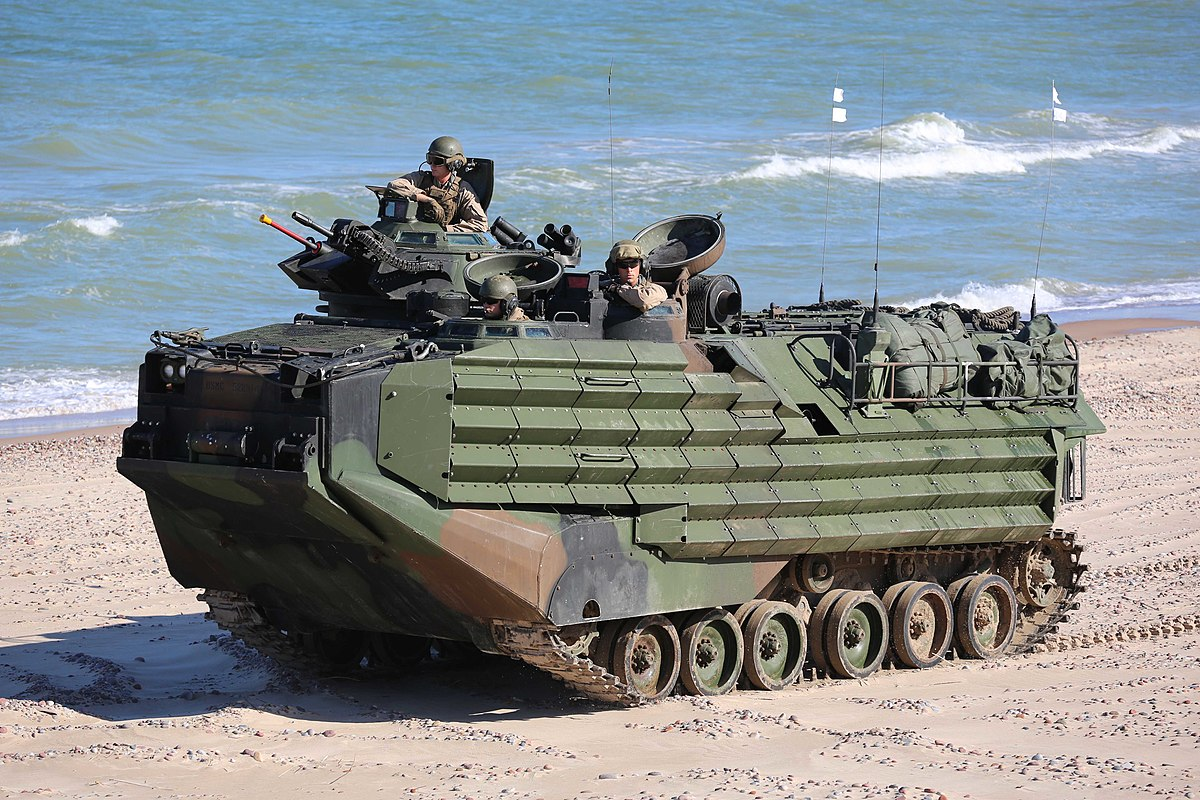
Pacific Rim deployments proved AAV effectiveness since 1972. Marine units executed ship-to-shore movements in sea state 5 conditions. Survival rates reached 98% during contested beach landings. These vehicles completed 2,500 amphibious operations across three decades.
5. M88 Recovery Vehicle

Vietnam combat operations validated M88’s capabilities in 1961. Recovery teams extracted disabled tanks from 40-meter distances under fire. The main winch system demonstrated 99% reliability during 15,000 operations. Desert Storm units recovered 126 vehicles within combat zones.
4. Logistic Vehicle System Replacement (LVSR)

Afghanistan’s mountainous terrain tested LVSR capabilities in 2009. Marine logistics units moved 108,000 tons of cargo across Helmand Province’s highest passes. Electronic stability control prevented rollover incidents across 89% of recoveries. Combat logistics battalions maintained 94% readiness despite extreme conditions.
3. Medium Tactical Vehicle Replacement (MTVR)
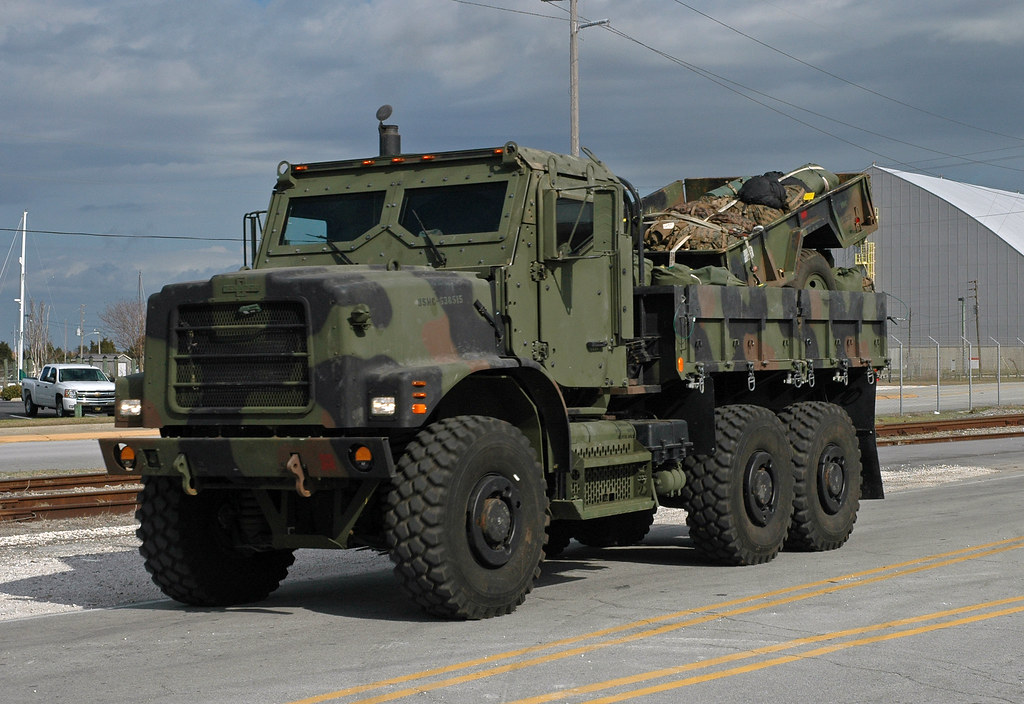
Operation Iraqi Freedom validated MTVR performance in 2003. Convoys completed 850,000 miles of supply runs through sandstorm conditions. Independent suspension systems conquered 80% slopes while fully loaded. Third Battalion operators reported zero mechanical failures during major combat operations.
2. M939 Series 5-Ton 6×6

Cold War European deployments proved M939’s tactical value. NATO exercises demonstrated 72-hour continuous operations across five countries. Multi-fuel engines achieved 95% reliability rates during winter conditions. Support battalions logged 2.3 million miles before scheduled overhauls.
1. Polaris MV850

Special Operations Command missions shaped MV850 development. Field units achieved 98% insertion success rates across denied territories. Run-flat tires sustained mobility after 30-caliber impacts at 40 mph. Reconnaissance teams covered 250,000 miles during classified operations.

